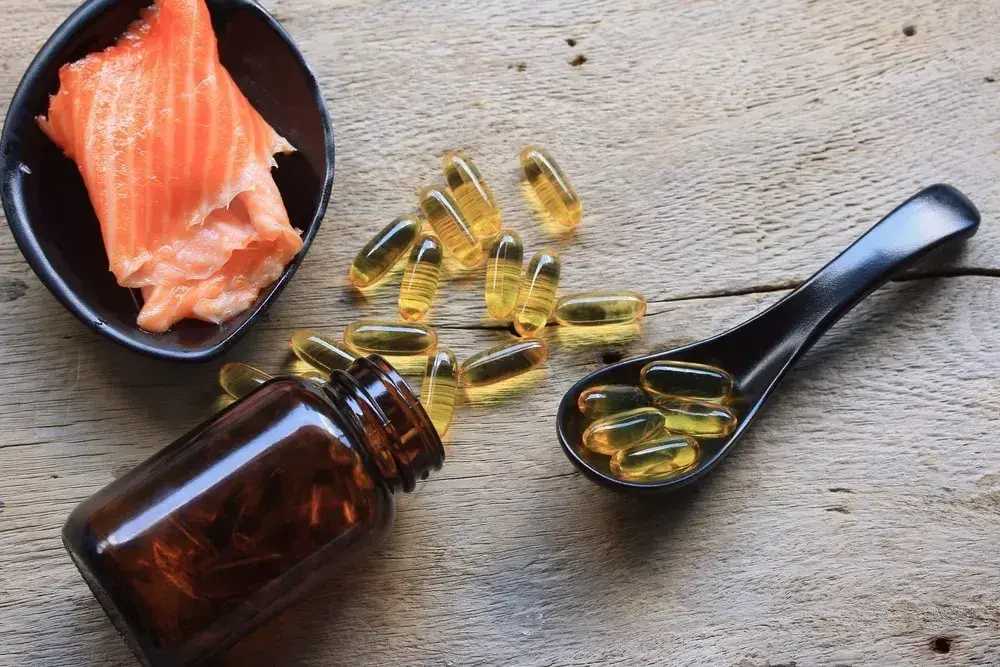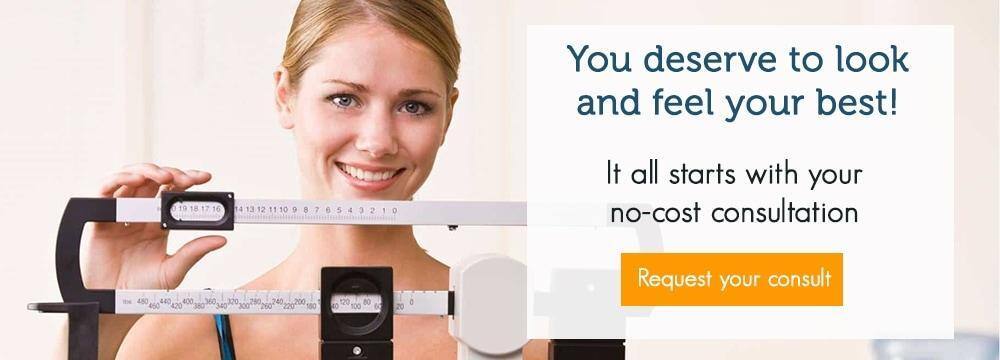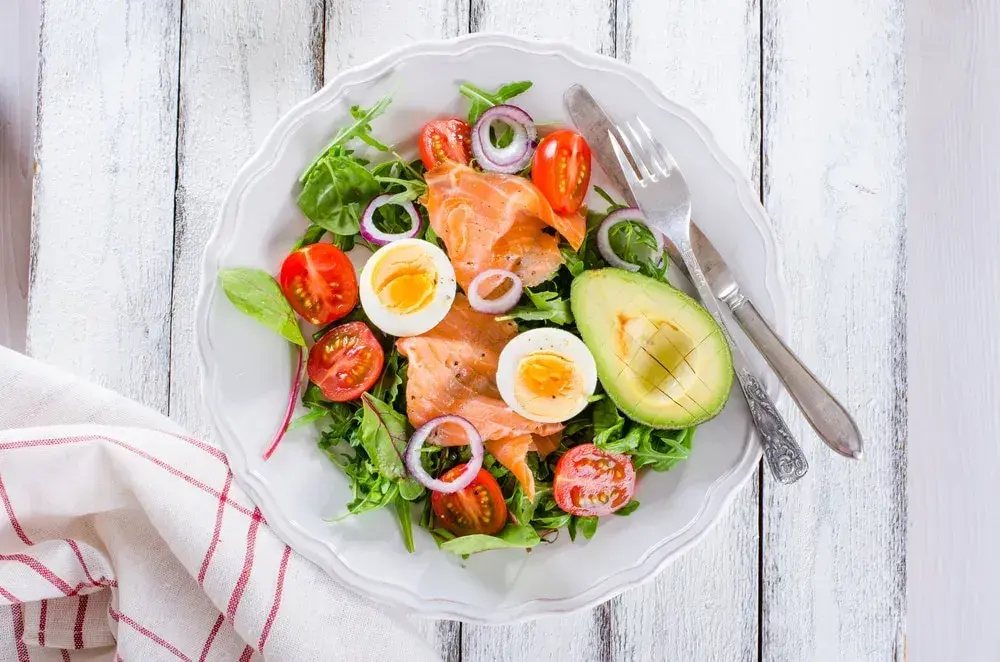4 min read
From The Doc: How Much Protein Do You Really Need?
Garcia Weight Loss
:
Aug 22, 2018 12:00:00 AM
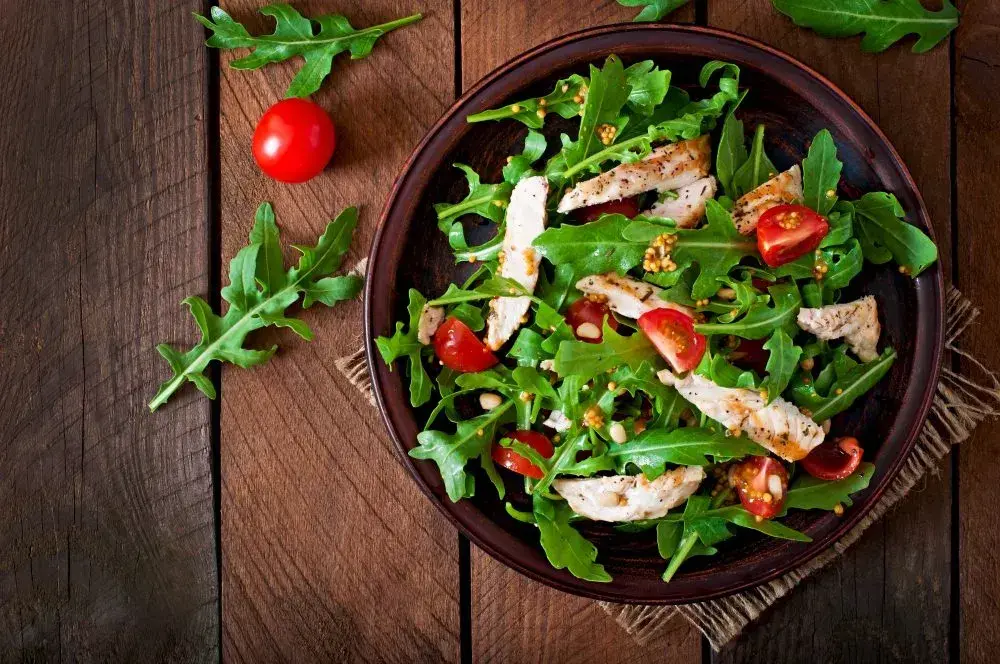
/assets/images/provider/photos/2579641.jpg)
Eating a high-protein diet is emphasized during the active phase of our weight-loss program. Consuming enough protein while losing weight can help reduce the loss of lean muscle mass. If your protein intake is too low, it can lead to weakness, fatigue, hair loss, and impaired immunity. How much protein to you really need?
Protein is an essential macronutrient that is necessary for good health. We all know protein plays an important role in building muscle, and it’s especially important if you’re doing strength training. It’s also used for the development and repair of body tissue such as hair, skin, eyes, and organs. Every meal you eat should include a quality source of protein.
But the emphasis on protein has led to a trend of many people eating protein in much higher amounts than they need. Most Americans, if they eat meat, get plenty of protein. And while a protein deficiency can be harmful to your health, eating too much protein poses its own health risks. Therefore, it’s important to understand how much protein you need, and which foods provide the best sources.
Risks of a high-protein diet
Recent studies show that diets high in protein from animal sources are linked to tumor growth. Protein may activate a hormone called insulin-like growth factor 1, which contributes to tumor growth and may increase the risk of cancer. IGF-1 is a hormone similar to insulin and is produced by the liver. It’s needed during childhood and puberty, when it helps cells multiply. But in adulthood, it may cause the growth and development of cancer cells.
A 2014 study found that adults who ate a high-protein diet in middle age were four times more likely to die of cancer over the following 18 years than those who ate a diet lower in protein. The same risk did not exist if the protein came from plant sources.
In adults over 65, who typically have a reduced ability to absorb and use protein from the diet, a higher protein intake was associated with a lower risk of cancer and mortality — suggesting that our protein requirements may change as we age.
Another study indicates that a high-protein diet during an active weight-loss period may contribute to insulin resistance, which is a key risk factor for type 2 diabetes.
The recommended amount of protein
While protein is needed for building muscles, skin, hair, and vital enzymes in the body, the amount people need is modest. The recommended daily allowance (RDA) for protein is about 56 grams for men and 46 for women.
For reference, an average skinless chicken breast contains 54 grams of protein. People who eat a large serving of meat two or even three times a day are, therefore, getting protein in very high amounts. Keep in mind that some groups need more protein than others, such as pregnant women and older adults.
The Dietary Guidelines for Americans say that overall, people would benefit from replacing some of their meat and poultry intake with more nutrient-dense protein options. These include seafood — which also contains important omega-3 fatty acids — as well as plant-based proteins such as seeds, nuts, and legumes, which offer healthy fats, vitamins, minerals, and fiber in addition to their protein content.
High protein often leads to fewer fruits and veggies
Perhaps one of the biggest problems with a high-protein diet is that it often reduces the amount of fruits and vegetables you eat — sometimes dramatically. Fruits and vegetables are universally promoted as the healthiest foods available. The Dietary Guidelines for Americans and myplate.gov both recommend that half of your plate consist of fruits and vegetables.
The benefits of fruits and vegetables are well established. The National Cancer Institute states that a diet high in fruits and vegetables lowers the risk of a number of cancers. A plant-based diet combined with regular exercise has been shown to lower levels of IGF-1.
But, those who fill their plates with beef or poultry to adhere to a high-protein diet typically leave little room for other foods. Plant-based foods have been shown to improve health in so many different ways. They contain vitamins, minerals, fiber, cancer-fighting antioxidants, and beneficial polyphenols that aren’t found in other foods.
Consider the food as a whole, not just its protein
We all need protein, just not in the amounts we’ve been led to believe by some diet trends. When choosing your protein-based foods, look at what it provides you as a whole. Choose protein foods that also contain vitamins, minerals, healthy fats, and/or fiber. And, be mindful of a serving size and your daily calorie intake. Some good examples of healthy protein foods include:
- Quinoa
- Lentils
- Varieties of legumes, including black beans, chickpeas, and kidney beans
- Nuts, including almonds, peanuts, and pistachios
- Seeds, such as chia seeds and pumpkin seeds
- Mushrooms
- Spinach
- Kale
- Cauliflower
Rethink your plate
All of this doesn’t mean you need to give up meat, but take a good look at how much you’re eating. Tracking your food can help you determine if your protein intake may be too high.
Along with protein, every meal should contain plenty of plant foods and healthy sources of fat. If you tend to load up on protein, try rethinking the breakdown of foods on your plate: Instead of a large steak with a tiny side salad, try a large spinach salad topped with a modest serving of steak or chicken, which will provide plenty of protein while also providing your body with lots of healthy plant compounds.
It may also be helpful to think of your plant foods as the main dish, and meat as a side, instead of the other way around. Instead of an 8-ounce steak, which would provide you with an entire day’s worth of protein, fill at least half your plate with vegetables, and reduce your meat intake to just 3 ounces.
Eat the foods that are right for you
The best diet is one that is designed just for you. Get a personalized diet plan that will help you look and feel your best. At Garcia Weight Loss and Wellness Centers, we take the guesswork out of what to eat by designing a diet plan and wellness program tailored to your unique physical needs. Contact us today for your free consultation.
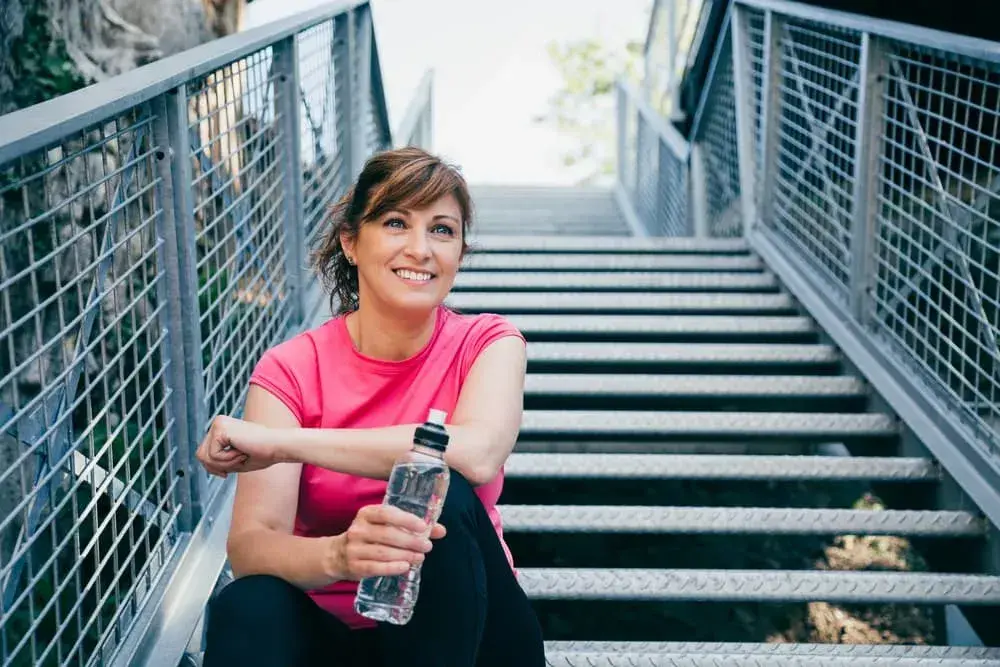
7 Medical Conditions That Make It Difficult To Lose Weight
